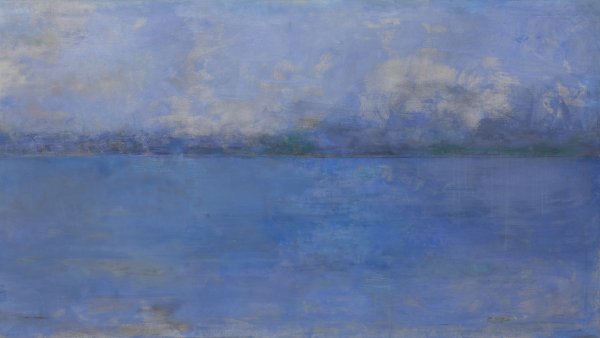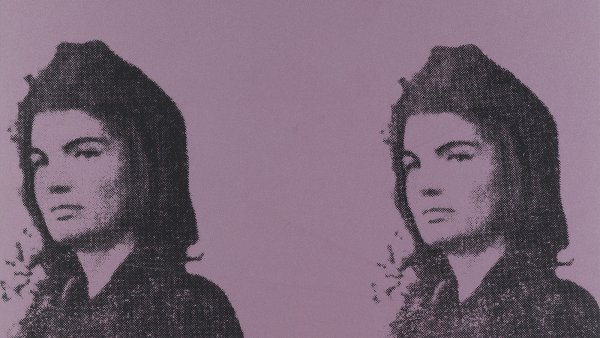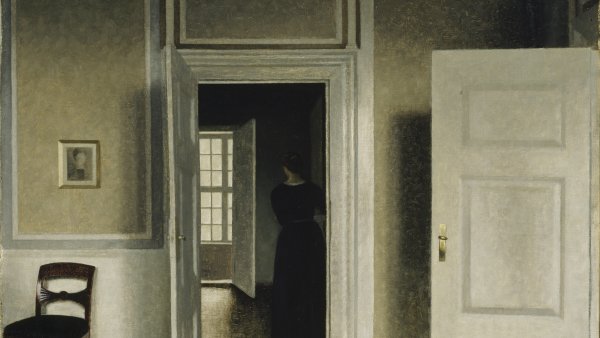Gerard David and the Flemish Landscape
The central work in the exhibition, The Crucifixion, from the permanent collection of the Thyssen-Bornemisza Museum, is one of the earliest known paintings by the artist and is considered to date from the first part of his career. This is a particularly interesting panel, notably for the treatment of the landscape. The artist represents a scene at evening in which the light takes on a key role, both in the sky and in the tones used to realise the figures. Following the medieval tradition, alongside the central motif (usually scenes from the New Testament or lives of saints), it was common to find invented motifs, such as the Holy Land, Jerusalem or Bethlehem, recreated in the form of medieval cities, with a pleasing and picturesque landscape in the background filled with touching human details. The present work uses such an approach, with a broad setting that includes the city of Jerusalem, seen from outside with its walls and a church and castle standing out among the buildings.







